As many of you know, Kati’s parents live close to Berlin. It is the city that we fly into. The city that we go shopping in. The city that we love to explore. Dating back to the 13th-century, Berlin is a beautiful large city that has everything a visitor (or even a local) could ask for. Berlin is a hot spot for everything from art and culture, to crazy nightlife, amazing museums, great food, and wild history. The city is the nation’s capital and is home to over 4 million people sprawled out over a large landscape. This makes the city of Germany’s and Europe’s biggest with each neighborhood offering something cool and different no matter where in the city you are.
The German capital might have been badly damaged during the height of the Second World War but the city has rebuilt itself during the era of the cold war but even long before WWII, Berlin was a thriving city with medieval buildings and a place of tolerance, fun, and excitement. Those traditions carry on to this day so if you’re going to explore Europe, Berlin is a must-visit city. Here are some of the things you have to check out while you’re here.
Spend an afternoon in the Tiergarten

A beautiful afternoon in the Tiergarten
The city can be pretty big and sometimes daunting so take a break from exploration and have a relaxing afternoon in the illustrious Tiergarten. The Tiergarten is essentially a large park in the heart of the city that has plenty of thick foliage and even the Landwehr Canal coursing through it. Although the Tiergarten is now a public park, back in the day it was the private hunting grounds for the electors of Brandenburg. In the 1830s a Prussian architect designed it into the public park it is today. The park itself has a bunch of things to check out like the Bismarck statue and the Schloss Bellevue, which is where the president of Germany resides.
Spend The Day at Museum Island
As a designated UNESCO World Heritage Site museum island is exactly what it sounds like. Located on an island in the middle of the Spree River are a collection of five museums: the Altes Museum, Alte National Galerie, Neues Museum, Bode-Museum, and the Pergamon Museum. The small district that makes up the museums is a concept that was conceived during the enlightenment as was meant to serve as a means of giving the people a sense of commonality in culture and history as well as serving as a means to show off the richness and sophistication of the then Prussian aristocracy.
Get a glimpse of the Berlin Wall at Gedenkstätte Berliner Mauer
Having grown up in East Germany, the Berlin Wall has special significance. The Berlin Wall is a stark reminder of what the country and the continent as a whole had to deal with in the aftermath of World War Two. The Berlin wall was set up to separate Russian-influenced East Berlin from West-influenced West Berlin. The Gedenkstätte Berliner Mauer is the location of some of the most memorable images from the early days of its construction. This 70-meter stretch of wall has been preserved along with the watchtower next to it marking the Todesstreifen (death strip) which is the long section of the street beside the tower. The grim name came from people trying to escape from East to West by running down the street trying to avoid the suspicion of the guard in the tower.
Take a Stroll down the Unter den Linden
The Unter den Linden is Berlin’s most stately and beloved boulevard. The long street runs east to the west going from museum island to the Brandenburg Gate. The route is a significant symbol of Berlin and the people of the city have identified with it since the trees along the boulevard were planted in 1647. Although it was built then, the street reached its height and grandeur in the 18th century when Frederick The Great enlarged it and major institutions around it like the State Opera and Humboldt University opened nearby.
The lime trees of the Unter den Linden were so well regarded by Berliners that Hitler had them cut down to replace them with swastika banners and Berliners complained until they were replanted. Unfortunately during the war, the street suffered massive damage and the trees were cut down and used as firewood. The trees that stand there today were planted in the 1950s.
Go Shopping at Markthalle IX
In an effort to control disease and hygiene the government of late-19th century Berlin decided to replace its outdoor market spaces with a covered one. The 14 markets then converted into what is now known as the Markthalle IX. In 2009, the marketplace was under consideration to be torn down but the locals have saved it from destruction marking it as an important institution in the cultural fabric of Berlin.
Local food growers and producers come set up at Markthalle IX and sell their wares and it is where you’ll find some of the freshest local veggies and meat. They also have Thursday street food events that have been hugely popular and the Heidenpeters Micro Brewery is located here as well so you can always grab a pint. There is always something fresh and delicious that can be found here.
Spend the Night at Berghain
You might have heard of it before. It is the home of German house music and is regarded as one of the best clubs in the world. The entire world. It’s Berghain
Berghain is not just a techno club it is quite frankly an important part of the fabric of the city and even those who’ve never been can attest to its importance for Berlin. The club was a former ‘’legendary’’ all-male club that had to close its doors in 2003 called Ostgut. After that, it emerged again as “Snax” then finally in the confines of an old industrial power plant came all gender inclusive Berghain. Though twice a year, Berghain closes its doors and becomes Snax again.
Before entering, you’ll be confronted by the iconic doorman, Sven. Sven looms over the crowd of people waiting to get in with his tall stature and imposing facial tattoos. Although he has a seemingly random selection process for those getting in, your chances will greatly increase if you’re calm, sober, and are (or accompanying) a woman. So no pre-gaming before showing up.
Berghain is known for its decadence and hedonism and you shouldn’t be surprised to find people openly engaging in sexual acts. It’s also known for its long opening hours, as most people don’t even show up before 4 am and some don’t leave before noon the next day. There are no pictures allowed inside or any reflective surfaces either. GQ magazine declared it “the most depraved party on the planet”, so it isn’t for the faint of heart.
Catch a movie at Berlinale
Starting in 1951, the Berlinale is the biggest and one of the most popular film festivals in the world. Hundreds of thousands of people flock to the event every year making it one of the biggest in the world. All matter of film is shown here from locally made German ones to international selection spanning all kinds of genres. Mostly located at the Potsdamer Platz, the area is transformed into a glittering stage and red carpet affair but events are also held in other locations throughout the city in support of the event. The major film studios, producers, actors, and everyone else in between converge in February to check out Berlinale.
Head up to the Fernsehturm for the views
For one of the best views in Berlin, check out the Fernsehturm. The primary use of it is a TV tower but it can hardly go unnoticed as it is one of the biggest buildings in the city and the retro-futurist aesthetic certainly makes it stick out amongst the skyline. The area is a bit of a tourist trap but that doesn’t mean it can’t be fun. A ticket for the fast track up is 20€ but if you’re really looking for a treat, there is a restaurant and bar up there. So for the same price as a regular ticket to the observation area, you can book a table and have dinner while you also have a 360-degree view of Berlin.
Spend a Sunday at Mauerpark
Mauerpark is the Sunday happening spot in Berlin. Mauerpark is a massive flea market and social event held every Sunday. If you’re the type of person who likes to go looking for weird knick-knacks and antiques this is the spot for you. Dive through boxes of vintage records and bootleg CDs or buy some second-hand clothes and a certain je ne sais quoi. The event brings in a lot of people so prices have been going up but even if you’re not buying anything, Mauerpark on Sundays is basically a flea market with a party atmosphere. Enjoy live music and street food while you shop.
Eat a Currywurst
No trip to Berlin is done without eating currywurst. The story goes that after the war local Berliner Herta Heuwer was given a packet of curry powder from a British soldier and ketchup ration from an American soldier. Using ingredients she had at the time she unknowingly created one of Berlin’s favorite snack foods. For the uninitiated, currywurst is a curry blended with ketchup and served on top of pork sausage, usually along with a side of fries. It’s simple, not very elegant and can be found in plenty of places around the city. Berliners tend to have their favorite stands and restaurants and answers “where to get the best” will vary.
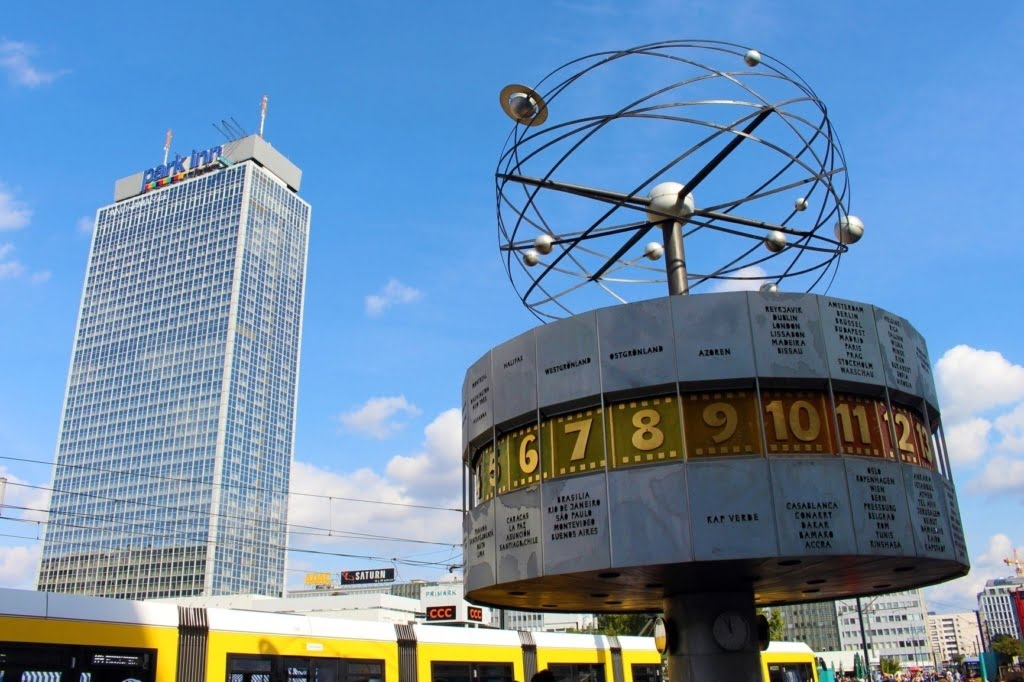
The famous clock in central Berlin
Party until the early morning at Hoe Mies
If you haven’t gathered by now Berliners love to party. And they don’t stop until the next day. Luckily if you can’t get into Berghain, there are a million other options in the city to party at. Try Hoe_Mies for your night out or if you’re not into the techno/house scene. The music is an eclectic mix of R&B, reggaeton, to trap so get ready to dance and shake your stuff.
The vibe at Hoe_Mies is queer and LGBT friendly, in fact, they actively encourage women, non-binary, and trans performers and DJs to take the stage.
Visit the Memorial to the Murdered Jews of Europe
Despite the modern and fun city that Berlin is today, it wasn’t always that way and the city had to emerge from a dark and sordid past must not be forgotten. There are plenty of memorials found around Germany but the Memorial to the Murdered Jews of Europe in the heart of the city just beyond the Brandenburg Gates are a stark reminder of Germany’s ugly past.
Designed by New York architect Peter Eisenmann on a former area of the Berlin wall that made up the “death strip”, the Memorial to the Murdered Jews of Europe is made up of 2,711 concrete blocks of varying heights. The memorial is a quiet and solemn place that encourages reflection and also has an underground gallery with background information on the holocaust. Kati and I found it quite moving and a reminder how a country can go so wrong so quickly.
Do not go to Berlin thinking you will take a “Hitler” tour. Or visit preserved Nazi locations. It just won’t happen. They have not preserved these places and in fact there are few markers even about that time period. No signs to Hitler’s bunker. No pathways to Gorings apartment. But, if there is anywhere in Europe that offers something fun around every corner it is without a doubt, Berlin. The city has that little something for everyone from amazing food to fantastic museums and a nightlife that is some of the best in the entire world. Berlin is fun, affordable and a place you won’t forget. It’s the city that once divided east and west but now unites people from all walks of life.
Related Posts
Beyond the Big Five: Discovering Wildlife Wonders in Non-African Safari Destinations
“Beyond the Big Five” takes you on a thrilling journey to lesser-known safari destinations outside of Africa. From the lush rainforests of the Amazon to the vast plains of the Pantanal in South America, this article uncovers the hidden treasures of wildlife wonders that await adventurous travelers seeking a unique and unforgettable safari experience.
Traveling the Hemingway Way: A Guide to Adventurous Exploration
“Traveling the Hemingway Way is not just about visiting destinations, but immersing yourself in the spirit of adventure. Follow in the footsteps of the legendary writer, Ernest Hemingway, as you embark on thrilling journeys, seeking out untamed landscapes, vibrant cultures, and unforgettable experiences. Get ready to embrace the thrill of exploration like never before.”
Cruises vs. Authentic Adventures: The Great Travel Debate
Explore the pros and cons of both cruise vacations and authentic adventures in this travel debate. From the all-inclusive luxury of cruises to the immersive experiences of off-the-beaten-path adventures, discover which travel style suits your preferences and offers the most rewarding experiences.

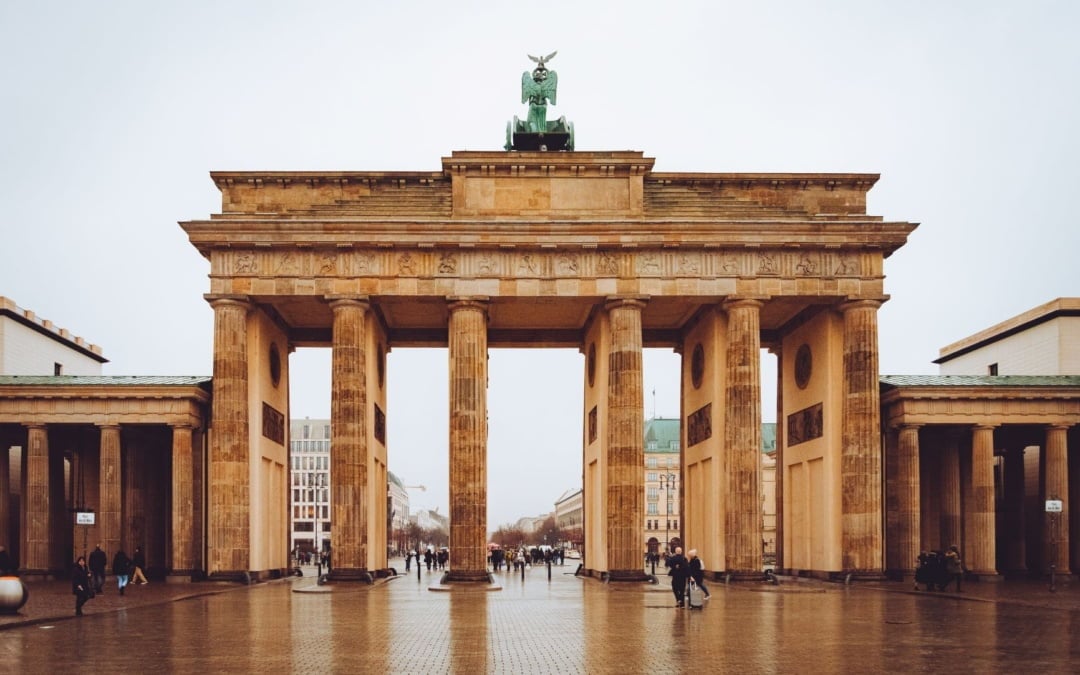
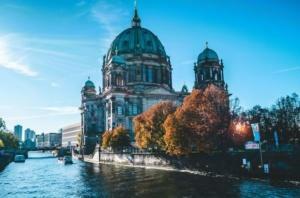
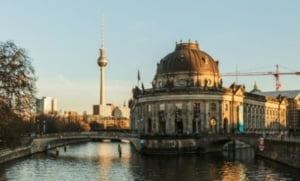
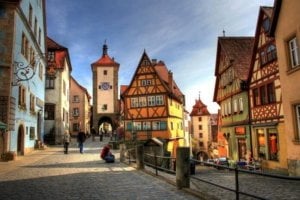

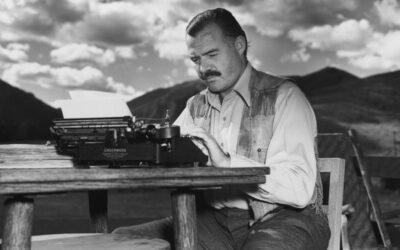
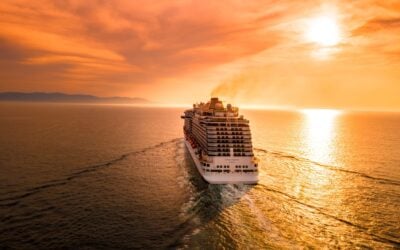
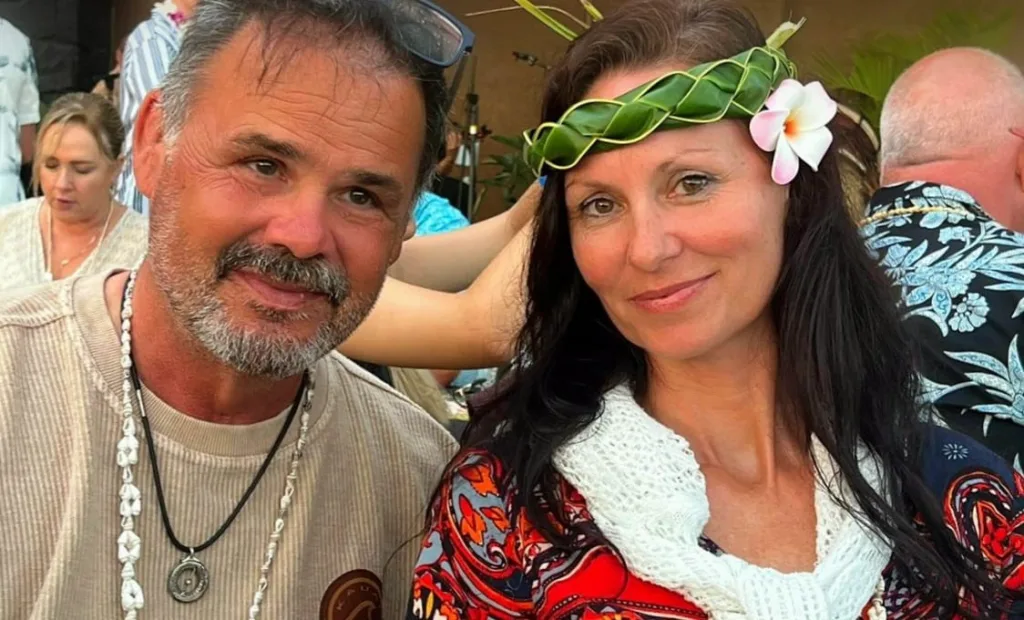

0 Comments